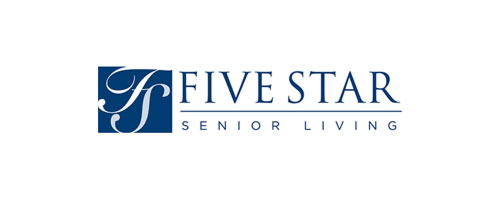Articles
The Journal on Active Aging brings articles of value to professionals dedicated to older-adult quality of life. Content sweeps across the active-aging landscape to focus on education and practice. Find articles of interest by searching the article archives in three ways: Enter a keyword in the articles search bar; click on search by topic; or type a keyword or phrase in the general search bar at the top of the page.

Promote function with stability ball training by Terry Eckmann, Ph.D.
The benefits of stability ball training for older adults are numerous. Activity using stability balls can:
- Enhance proprioception
- Improve neuromuscular functioning
- Improve balance and coordination
- Increase strength
- Heighten postural awareness
- Focus on functional movement
- Develop flexibility
- Promote muscle balance
- Add fun and variety
- Provide new business
Functional training

Helpful resources for active aging professionals by Terry Fay, B.A.
As a professional activity director, have worked with a continuum of abilities-from active, fit people to those experiencing memory loss and immobility. From the start, I wanted participants in my classes and programs to enjoy intellectual opportunity, emotional wellness and spiritual experiences, as well as physical health. And I wanted them to laugh, play and feel acknowledged.
moreLeadership

Full-body flexibility, by Jay Blahni
If you are like me, your instinct probably tells you that your older clients should stretch more. It feels good to stretch, and research indicates it is smart to stretch. So why does stretching always seem to take the back seat to other exercise activities?
moreFlexibility and ROM

Flexibility training: exercises for older adults by Phil Page, P.T., M.S., .T.C., C.S.C.S.
The following tips will help health and wellness practitioners provide aging clients with healthy, safe stretching programs:
moreExercise

Functional flexibility activities for older adults by Phil Page, P.T., M.S., .T.C., C.S.C.S.
For aging adults going from inactivity to activity, flexibility training may offer a good start towards a healthy lifestyle. This type of training may lack the high profile of cardiovascular exercise and strength training, but it can improve range of motion, decrease pain and soreness after exercise, improve posture, and decrease muscle tension. More importantly, stretching can make the difference in comfort when a client puts on a shirt in the morning or reaches for a cup of tea. s a result, flexibility can contribute significantly to overall functional fitness, helping older adults safely and effectively accomplish independent activities of daily living.
moreProgram design

Hand exercises to improve functional abilities by Naomi Aaronson, M.A., OTRlL, CHT
Guideliens
Ask clients to sit down to do hand and wrist exercises, as these movements require a supportive surface for the forearm.
Watch for correct posture
































